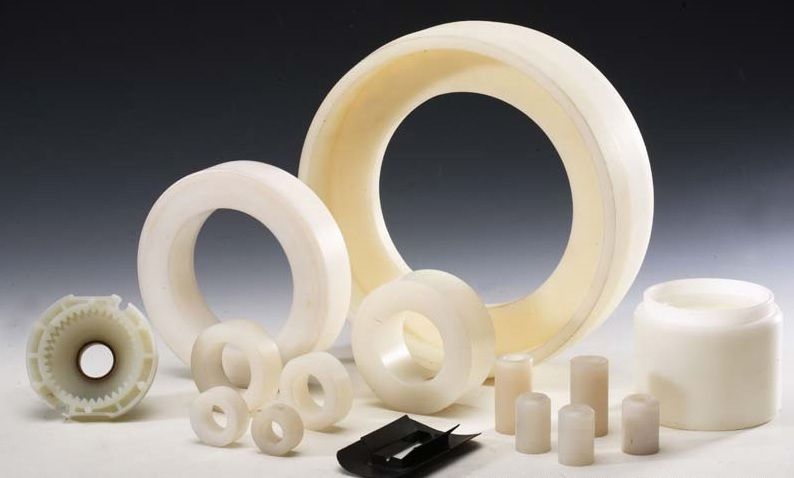
The engineering plastic market has emerged as a pivotal sector within the global plastics industry, characterized by innovation, sustainability, and technological advancements. With an anticipated market size of US$ 1,08,000.92 million in 2023, poised to reach US$ 2,16,458.83 million by 2033, at a remarkable Compound Annual Growth Rate (CAGR) of 7.2. The engineering plastic market continues to exhibit dynamic growth propelled by the increasing demand across various industries such as automotive, electronics, healthcare, and packaging.
Gain a competitive edge with foresight into the future of engineering plastics. Request your sample report and stay ahead of the curve!
Engineering Plastics Market Trends Shaping the Future of the Industry
- Sustainability Initiatives Driving Material Innovation:
- Heightened environmental consciousness and regulatory pressures are propelling the engineering plastics industry towards sustainable solutions.
- Bio-based and recycled engineering plastics are gaining traction, offering reduced carbon footprint and enhanced recyclability.
- Companies are investing in research and development to develop eco-friendly alternatives, aligning with circular economy principles.
- Automotive Sector as a Major Growth Driver:
- The automotive industry represents a significant market for engineering plastics, driven by the demand for lightweight, durable materials to improve fuel efficiency and reduce emissions.
- Adoption of electric vehicles (EVs) and autonomous driving technologies further accelerates the use of engineering plastics, particularly in battery components, interiors, and exterior applications.
- Advancements in engineering plastics enable manufacturers to meet stringent safety and performance standards while achieving design flexibility and cost efficiency.
- Rapid Advancements in Additive Manufacturing:
- Additive manufacturing, including 3D printing, is revolutionizing the production of complex parts and prototypes using engineering plastics.
- The ability to customize components on-demand, coupled with reduced material wastage, is driving the adoption of additive manufacturing across industries, including aerospace, healthcare, and consumer goods.
- Ongoing developments in materials and printing technologies enhance the performance and expand the application scope of engineering plastics in additive manufacturing.
- Shift towards High-Performance Polymers:
- High-performance engineering plastics, such as polyether ether ketone (PEEK), polyphenylene sulfide (PPS), and liquid crystal polymers (LCPs), are witnessing increased demand in demanding applications.
- These materials offer exceptional mechanical, thermal, and chemical properties, making them ideal for aerospace, electronics, and industrial sectors.
- Rising demand for miniaturization, lightweighting, and high temperature-resistant materials fuels the adoption of high-performance polymers in critical applications.
- Asia-Pacific Emerging as a Key Market:
- The Asia-Pacific region is witnessing rapid industrialization, urbanization, and infrastructural development, driving the demand for engineering plastics.
- China, India, and Southeast Asian countries are experiencing robust growth in automotive, electronics, and construction sectors, stimulating the consumption of engineering plastics.
- Investments in manufacturing capabilities, coupled with technological advancements, position Asia-Pacific as a focal point for market expansion and innovation.